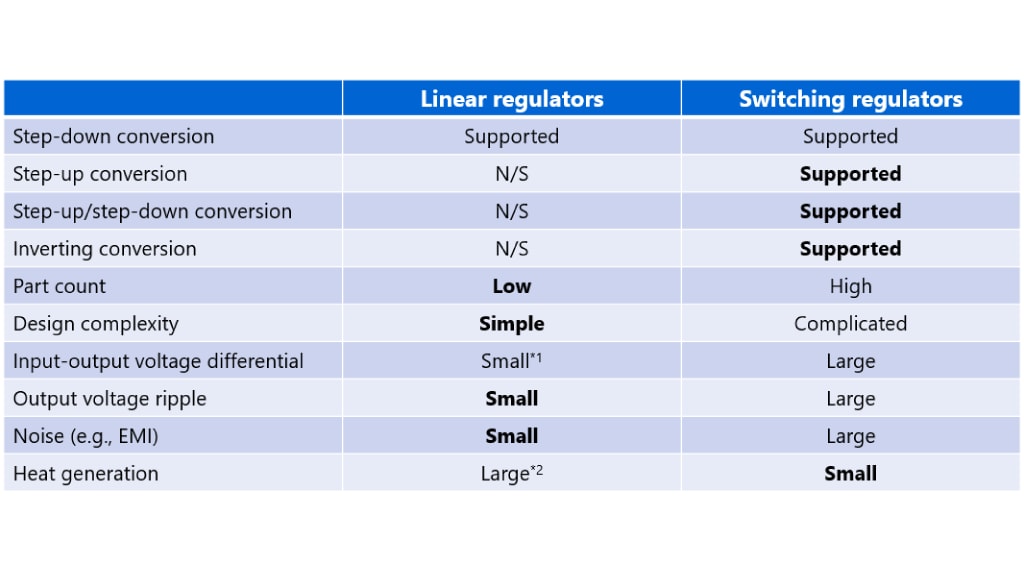1-4. Need of LDO regulators for electronic systems
Conventionally, power supply circuits or regulator ICs (e.g., PMICs*1) have been commonly used on a board to supply the required voltage to each circuit block or IC. Then, the power supply voltage was supplied to each circuit from the power supply circuit and the regulator IC. However, the resistance of a long board trace causes a considerable voltage drop while crosstalk between parallel board traces tends to affect the operation of noise-sensitive devices. To solve these issues, point-of-load (POL) regulator ICs are often used to locally produce the voltage required for each circuit block or IC.
*1 Power management IC: A type of regulator IC for the management of multiple power supply lines in a system
Nowadays, electronic circuits are becoming increasingly complex and power-efficient to improve the performance, reduce the size, and enhance the versatility of electronic equipment. Under these circumstances, electronic circuits and ICs are shifting to low-voltage operation. In addition, sensors and high-precision analog circuits require low-noise circuit design.

Chapter1 Introduction to Low-Dropout (LDO) Regulators
Related information
- Products
Low-Dropout Regulators (LDO Regulators) - Applidcation Notes
Application Notes - FAQs
LDO Regulators - Parametric Search
LDO Regulators - Stock Check & Purchase
Stock Check & Purchase









